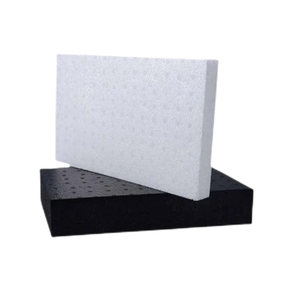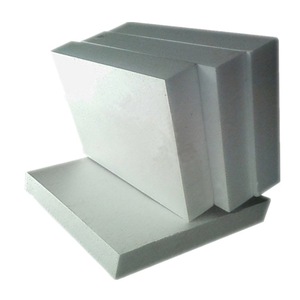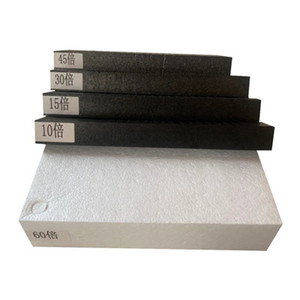Understanding Polystyrene Price: A Comprehensive Overview
Polystyrene is a versatile synthetic aromatic hydrocarbon polymer used in a wide range of applications, from packaging to manufacturing and consumer products. One of the key factors influencing the decision to utilize polystyrene in various industries is its price. This article provides detailed insights into the factors that affect polystyrene price, the types available, their applications, and advantages to help businesses make informed purchasing decisions.
Types of Polystyrene and Their Impact on Polystyrene Price
Polystyrene comes in various forms, each catering to different applications. Understanding these types can illuminate why polystyrene prices vary significantly.
- General-purpose polystyrene (GPPS): This clear, rigid form is widely used for disposable cutlery and containers. Its accessibility often leads to a lower price point.
- High-impact polystyrene (HIPS): Known for its toughness, HIPS is utilized in applications requiring durability, such as in appliance housings. The processing cost influences its price compared to GPPS.
- Expandable polystyrene (EPS): Commonly seen in insulation and packaging materials, EPS may incur higher prices due to the manufacturing process involved, especially when linked to thermal insulation properties.
- Polystyrene foam: This lightweight and insulated material provides excellent cushioning, making it popular in packaging. The price may vary based on density and application needs.
Applications of Polystyrene and Related Price Implications
The versatility of polystyrene allows it to be used in countless applications across different industries, substantially influencing its market price. Here are some notable applications:
- Packaging: The use of polystyrene in molded packaging solutions and food containers drives demand, impacting its price due to raw material scarcity and production costs.
- Construction: EPS is prevalent in building materials for insulation, which can influence prices based on the energy efficiency demands of modern architecture.
- Consumer Products: Many household items are made from HIPS due to its sturdiness. Market trends of consumer goods will also affect polystyrene prices.
- Medical Applications: With a growing need for polystyrene in laboratory equipment and medical packaging, fluctuations in the healthcare sector can lead to price variations.
Advantages of Polystyrene and Its Influence on Polystyrene Price
The advantages of polystyrene often justify its price, especially in industries where cost-effectiveness is crucial. Understanding these benefits helps buyers see beyond the initial cost.
- Cost-Effectiveness: Polystyrene is incredibly affordable compared to other plastics, making it an appealing option for manufacturers.
- Lightweight Nature: Its low density reduces shipping costs and structural load, indirectly affecting overall pricing strategies.
- Versatile Usage: Given its ease of molding and shaping, polystyrene can be customized for a variety of products, adding to its market demand.
- Recyclability: While not as widely accepted as some other materials, advancements in recycle technologies can lead to sustainability pricing strategies, attracting eco-conscious buyers.














































